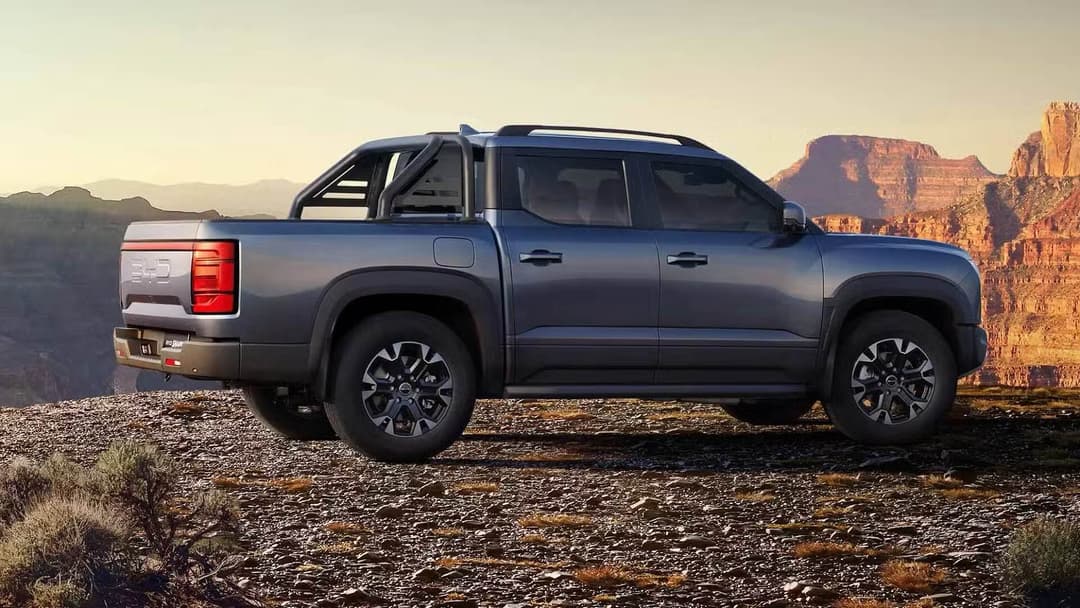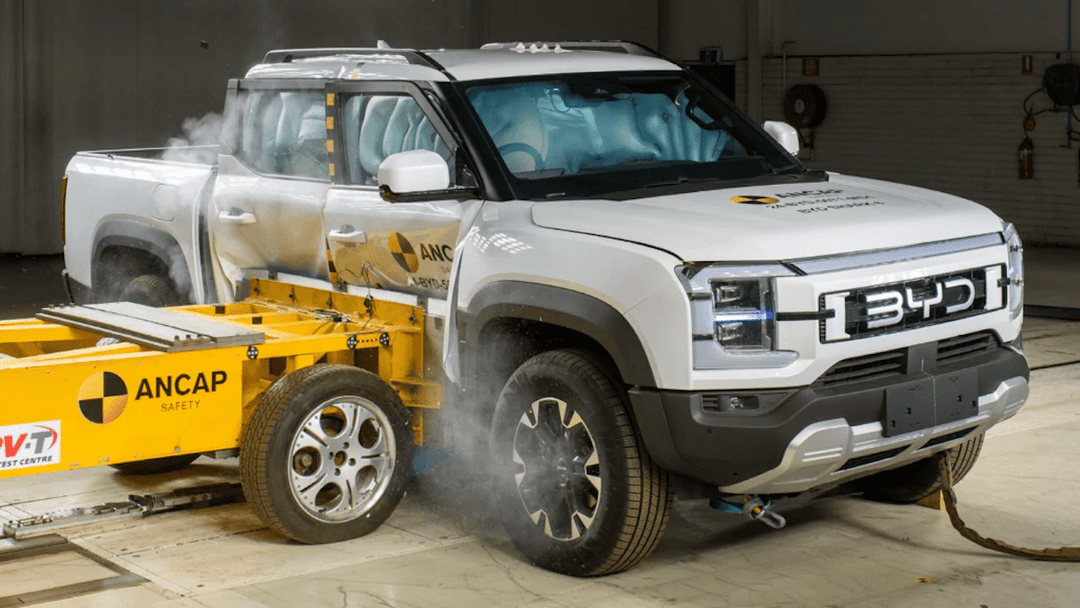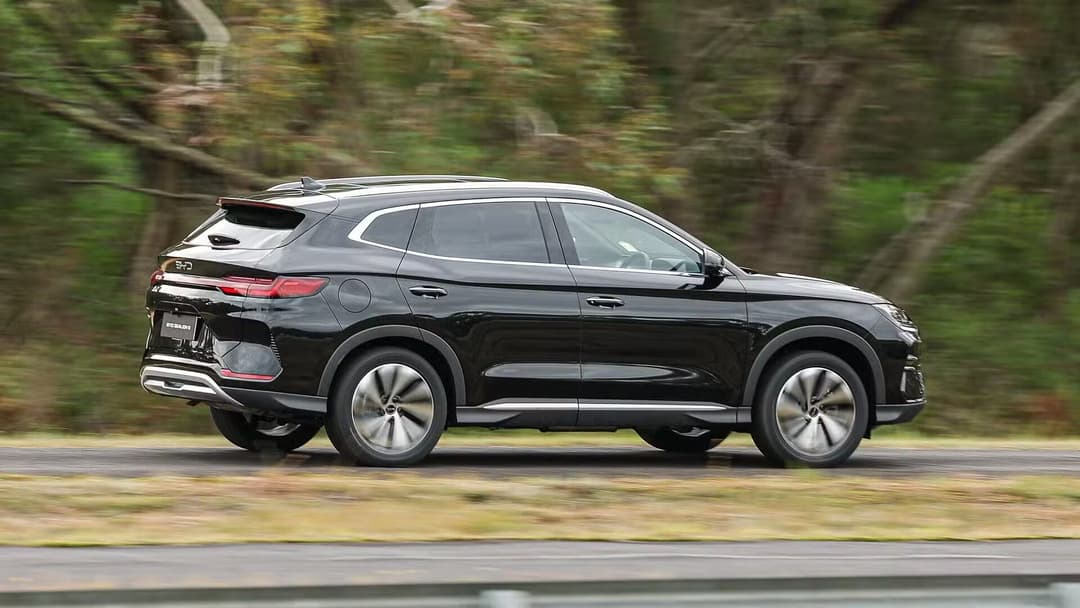China’s EV giant BYD is targeting the growing segment of range-extender electric vehicles (REEVs) with a new breed of plug-in hybrids. According to reports from Autocar, BYD is preparing to launch a new line of plug-in hybrid electric vehicles (PHEVs) over the next two years with over 200km of electric-only range and 150kW DC fast charging a big step up over its current offerings.
To put that in perspective, BYD’s current top plug-in hybrid in Australia, the Sealion 6, delivers 92km of electric range and a max DC charge rate of 18kW. The upcoming models would more than double the EV range while boosting charge speeds nearly tenfold.
▶️MORE: Every Plug-in Hybrid EV (PHEV) Available in Australia (2025)

Taking Aim at REEVs Like Leapmotor C10
BYD’s move appears to be a direct response to the rise of REEVs, which differ from PHEVs in one key way: the petrol engine in a REEV doesn’t power the wheels, it acts as a generator for the battery, which in turn drives the car.
A recent REEV example is the Leapmotor C10 Ultra, which has just landed in Australia. It offers a 145km electric range and a 970km total range (based on the WLTP standard), using a 50-litre fuel tank and four drive modes that balance electric and petrol power.
The GWM Haval H6 GT Ultra PHEV still holds the title for longest pure electric range among PHEVs in Australia, with a claimed 180km.
▶️MORE: Best Plug-in Hybrid Electric Cars in Australia (2025)

BYD Says PHEVs Still Have the Edge
Despite the buzz around REEVs, BYD’s European special advisor Alfredo Altavilla isn’t convinced they’re the future. He told Autocar that many plug-in hybrids on the market today offer just 35–45km of electric range, which he says isn’t enough to distinguish them from regular petrol cars.
“If you have just 35-45km of range as an EV, you're fundamentally an internal combustion engine with a plug,” he said.
Altavilla argues that BYD’s upcoming plug-ins will offer drivers more flexibility, since they can switch between EV mode, hybrid mode, or parallel hybrid mode, unlike REEVs, which typically operate in a single, generator-based configuration.
▶️MORE: What is the difference between BEV vs PHEV vs HEV cars?

Why This Matters for Australia
In a country like Australia, where road trips are long and fast chargers can be few and far between, having both solid electric range and backup petrol power is a practical solution. That’s why hybrids, whether PHEV or REEV, continue to gain traction locally.
Andy Hoang, the local head of Leapmotor, believes REEVs are the answer for Australians. He describes them as “the best type of hybrid out there,” especially for regions with limited charging access.
But BYD is betting on more powerful, faster-charging PHEVs to offer a better balance of performance, flexibility, and real-world usability.
Stay up to date with the latest EV news
- Get the latest news and update
- New EV model releases
- Get money savings-deal
